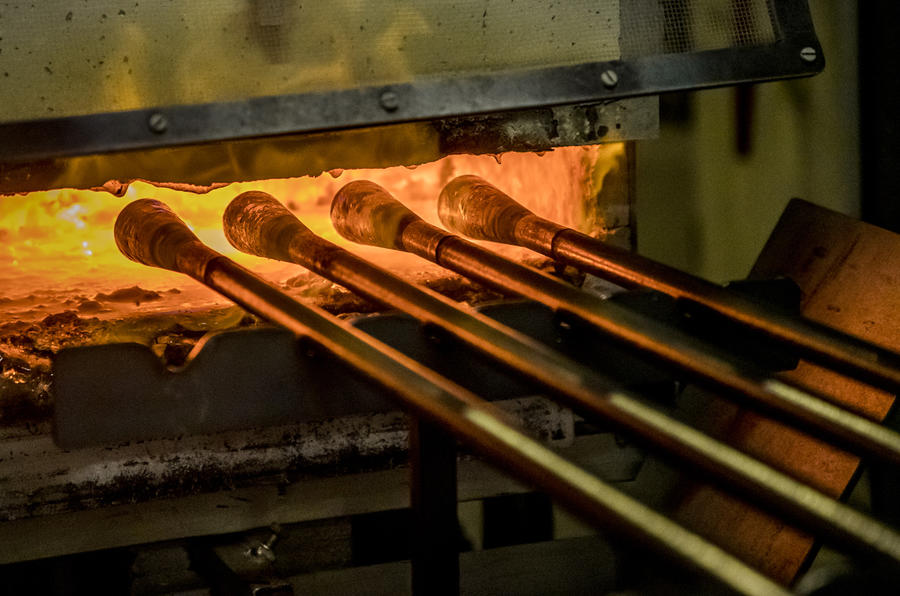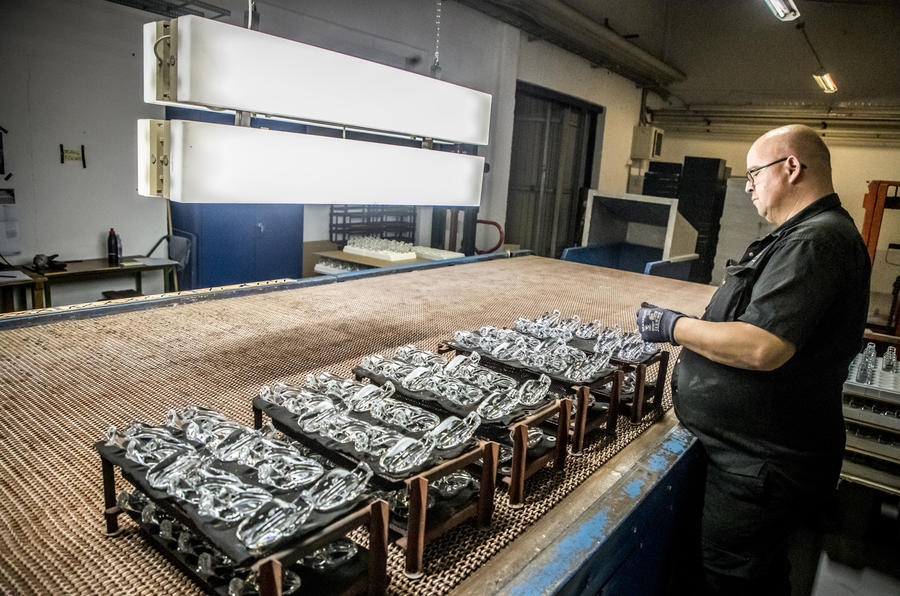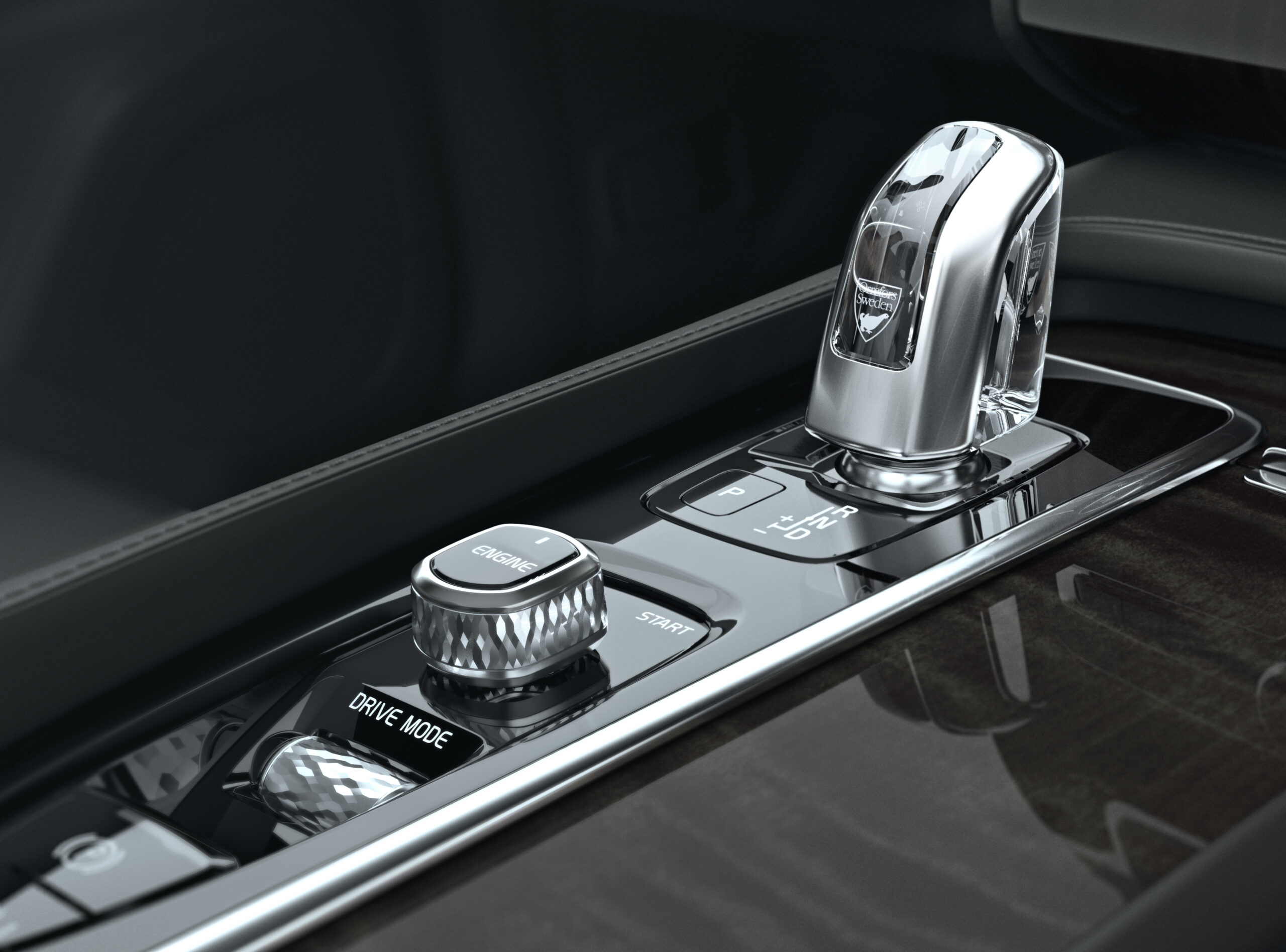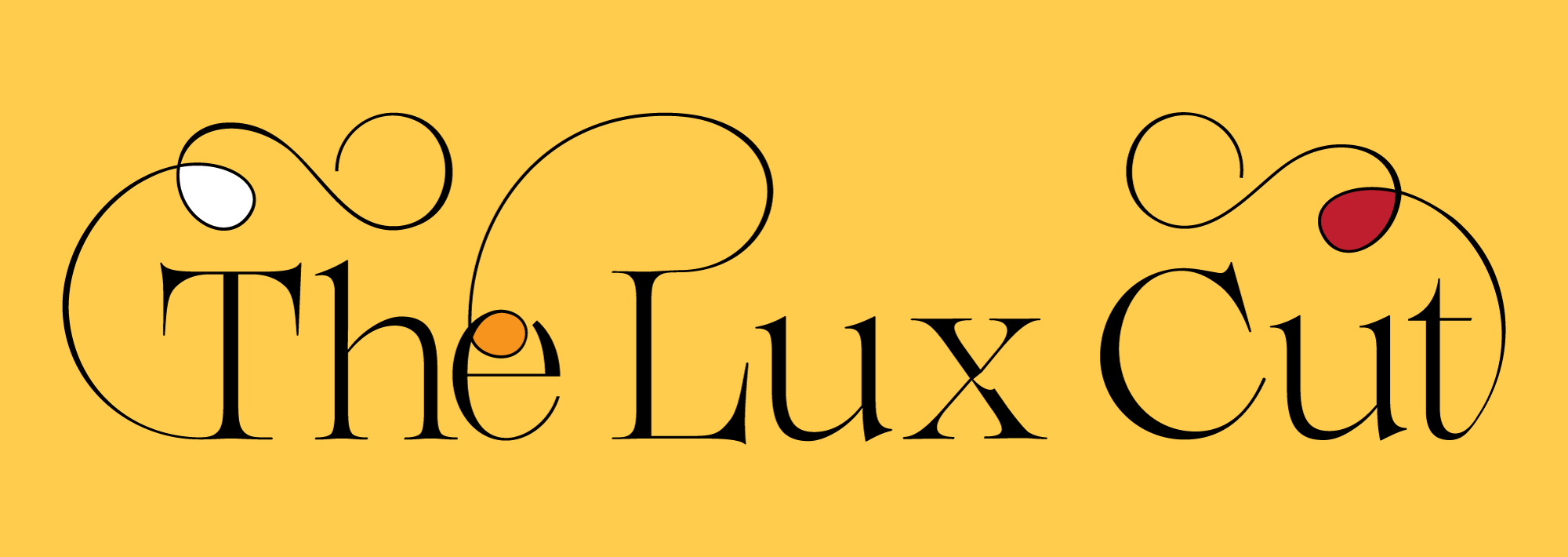Volvo’s Crystal Connection

How a partnership between two Swedish stalwarts marries tech and tradition
Motor vehicles rely on thousands of pounds of rigid metals, lightweight plastics, and countless material miscellanea to make their complex structures function properly. But it takes just a few physical touchpoints to seal the sensual connection between human and machine.
Volvo has gone from plucky Swedish outlier to an old-guard legacy carmaker over the course of decades, now contending with a maelstrom of upstarts and reinvented mainstream brands seeking to claim a slice of the luxury vehicle market. In contrast, fellow Swedish brand Orrefors claims roots in crystal production reaching back to 1742, an era when the brand’s native Scandinavian population was closer to seafaring conquest than a technological sea change. The two disciplines couldn’t be more intrinsically different—one fixed on the relentless improvement of intertwined systems amidst a swarm of international competitors, the other sustaining an ancient tradition that has employed essentially the same process for hundreds of years.

The Kosta and Gothenburg-based brands first merged in 2009, when Volvo employed Orrefors to fashion a crystalline center console on an S60 concept car. The effect was novel—a feature that’s typically finished in leather, vinyl, or veneer replaced by something that appears to have been plucked from Superman’s Fortress of Solitude. Because show cars are by definition extreme, a one-off crystal instrument panel was simply too bespoke to scale into serial production. Instead, the next Volvo/Orrefors collabo involved the creation of a crystal shift knob, which was featured in the Concept Estate that debuted at the 2014 Geneva Motor Show.
The process of forming a single, geometrically finished piece of crystal is an arduous one that involves time, patience, and techniques executed by a dwindling population of artisans—in the case of Orrefors, one involving 15 people as part of the production process. The sequence starts with an unexpectedly progressive step: mixing raw crystal glass materials gleaned from the waste overspill of the previous production. Next, crystal is melted for no less than 16 hours at a temperature of 1,420° Celsius until a blowing iron is applied to a chunk of the molten glass, delicately reducing the temperature as the material is blown into a graphite mold. Once the material is properly set, additional glass is added and the base of the form and shaped using a clapper. Using a special holder called a carry-in fork, an assistant knocks the glass off the blowpipe before another artisan places the crystal into a lehr, which is a furnace used to anneal glass. The 5-hour process of annealing allows the glass to cool slowly enough to eliminate internal stresses and enable increased ductility. If and when the glass meets quality standards, it moves onto the next stage where sharp edges are smoothened and polished while the bowl’s edge is heated until it melts, becoming softly rounded. Once the piece passes final inspection, an Orrefors logo is applied using a 3D laser.

The resulting shifter is a clear, cool-to-the-touch geometrical sculpture that fits in the palm of the hand while serving as a critical link between human intention, and forward vehicular movement. The Orrefors crystal shifter is now optional in select Volvos, incorporating a dash of old-world craftsmanship into cabins that feature increasingly tech-laden interfaces.
While Volvo is not the only brand to collaborate with a crystal maker—witness BMW and Mercedes-Benz’s partnerships with Swarovski—the automaker’s efforts with Orrefors marks a critical way they have bolstered each other by embracing a bit of good-spirited nationalism. That little bit of Swedish camaraderie goes a long way toward reinforcing Volvo’s reputation as a carmaker intent on offering a uniquely identifiable alternative to the usual luxury car suspects.









